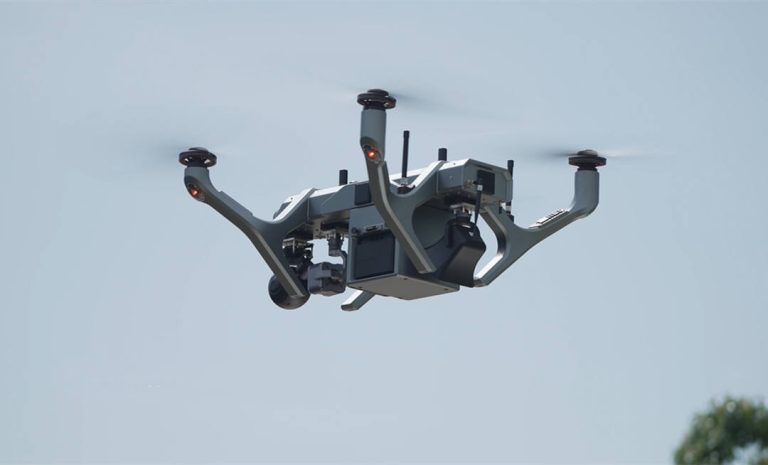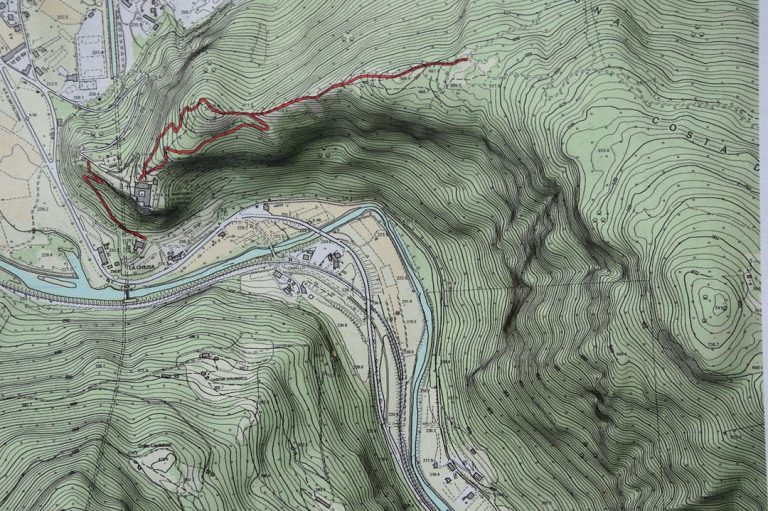Waterlogging in Agriculture: Causes, Effects, and Solutions
Waterlogging happens when soil becomes overly saturated with water, which can hinder plant growth and lead to a host of environmental issues.
When soil gets waterlogged, oxygen levels drop, suffocating plant roots and preventing them from taking up essential nutrients.
Waterlogging is a serious problem for agriculture, ecosystems, and human communities. It can reduce crop yields, degrade soil quality, and even spread waterborne diseases.
In this article, we'll delve into the different types of waterlogging, the main causes behind it, and effective prevention strategies.
What is Waterlogging?
Waterlogging is the excessive accumulation of water in the soil, leading to oxygen deprivation in the root zone. This condition occurs when the soil's drainage capacity is overwhelmed, preventing the soil from draining efficiently. Common causes of waterlogging include heavy rainfall, poor soil structure, inadequate drainage systems, and over-irrigation.
When waterlogged, the soil becomes saturated, displacing the air that is essential for plant root growth. This oxygen deficiency hinders root respiration, nutrient uptake, and overall plant health. Consequently, waterlogging can lead to reduced crop yields, stunted growth, and even plant death.
In simpler terms, waterlogging is the process of soil becoming waterlogged or clogged due to excess water. This excessive water hinders the soil's ability to absorb water and oxygen, creating an environment unfavorable for plant growth.
Waterlogging is a prevalent issue in agriculture, particularly in regions with heavy rainfall, poor drainage, or inefficient irrigation practices. It poses significant challenges for farmers as it reduces crop productivity and increases the risk of soil degradation.
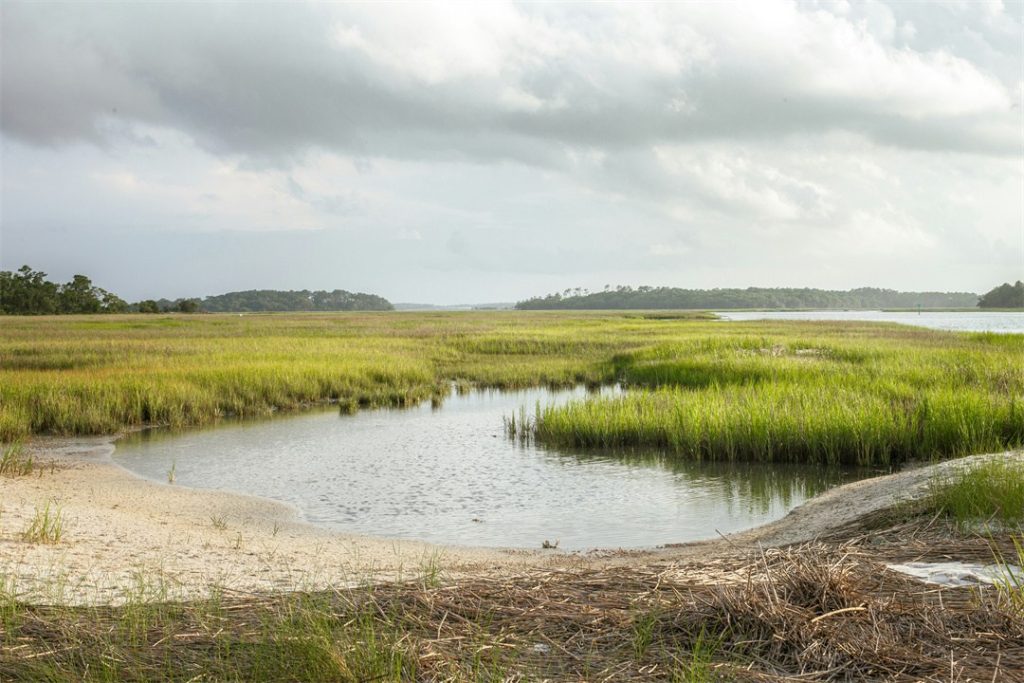
Types of Waterlogging
Waterlogging can be classified based on several factors, including duration, location, and source of water.
- Perennial Waterlogging: This type of waterlogging persists throughout the year. It often occurs in low-lying areas with poor drainage and high groundwater levels. The soil remains saturated for extended periods, significantly impacting agricultural productivity and ecosystem health.
- Seasonal Waterlogging: This occurs during specific times of the year, usually during the monsoon or rainy season. It's common in regions with heavy rainfall and inadequate drainage systems. While less severe than perennial waterlogging, it can still cause considerable damage to crops and infrastructure.
- Subsoil Waterlogging: This occurs when the groundwater table rises to levels that saturate the root zone. It's often caused by over-irrigation, poor drainage, or a high water table.
- Riverine Flood Waterlogging: This type of waterlogging happens when rivers overflow their banks during heavy rainfall or floods, inundating adjacent areas.
- Oceanic Flood Waterlogging: Coastal regions are susceptible to this type of waterlogging, which occurs when seawater inundates the land due to tidal surges, tsunamis, or cyclones.
Causes of Waterlogging
Waterlogging is primarily caused by a combination of natural and human-induced factors.
- Heavy Rainfall and Flooding: Intense rainfall or prolonged periods of precipitation can overwhelm the soil's capacity to absorb water, leading to waterlogging. Floods, particularly in low-lying areas, exacerbate this issue.
- Topography: Land with a flat or depressed terrain tends to retain water, increasing the risk of waterlogging. Poorly sloped land hinders water runoff.
- Soil Permeability: Soils with low permeability, such as clay-rich soils, have difficulty draining water, contributing to waterlogging.
- Poor Drainage Systems: Inadequate or blocked drainage infrastructure prevents the removal of excess water, leading to waterlogging.
- Over-Irrigation: Excessive irrigation, especially in poorly drained areas, can saturate the soil and raise the water table.
- Deforestation: Removing trees reduces soil infiltration and increases surface runoff, contributing to waterlogging.
- Construction and Urbanization: Building and development can alter natural drainage patterns, leading to waterlogging in urban areas.
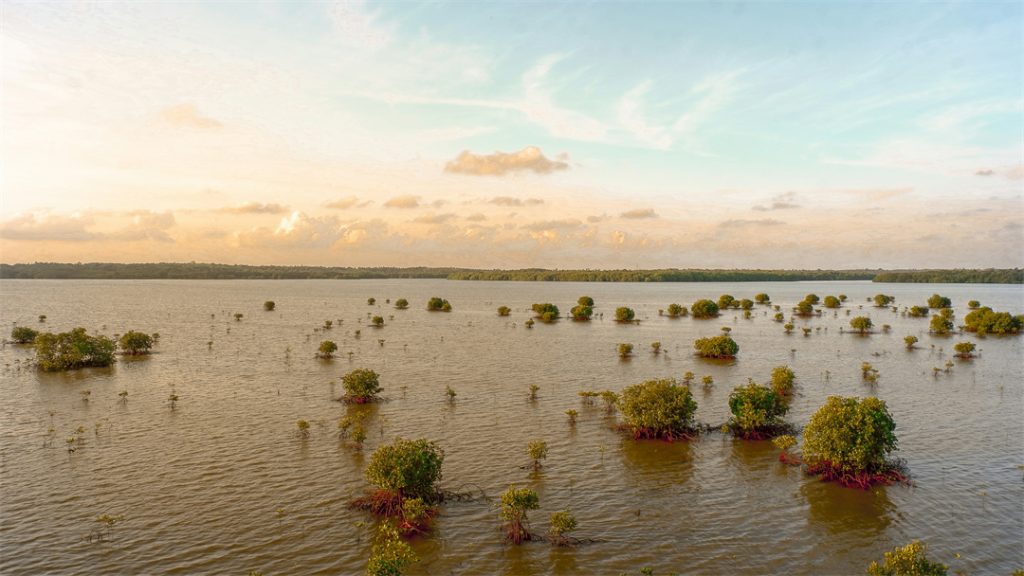
What Does Waterlogging Do to Soil?
Waterlogging has severe consequences for soil health:
- Poor Soil Aeration: Water replaces the air in soil pores, creating anaerobic conditions detrimental to plant roots and soil organisms. This oxygen deficiency hampers root respiration and nutrient uptake.
- Reduced pH: Waterlogging often leads to soil acidification, which can negatively impact plant growth and nutrient availability.
- Nutrient Loss: Essential nutrients like nitrogen, phosphorus, and potassium are leached from the soil due to waterlogging, reducing soil fertility.
- Increased Salinity: In coastal areas, waterlogging can draw saltwater into the soil, increasing salinity and harming crops.
- Physical Deterioration: Prolonged waterlogging can lead to soil compaction, reducing its ability to hold water and air, and hindering plant growth.
How Does Waterlogging Harm the Crop?
Waterlogging has profound and multifaceted effects on crops, significantly impairing their growth and productivity.
Oxygen Deprivation
Waterlogging creates an oxygen-deficient environment in the soil, a condition detrimental to plant survival. Roots, deprived of oxygen, struggle to respire, leading to impaired nutrient uptake and stunted growth. This anaerobic environment sets the stage for a cascade of negative impacts on the plant.
Transient Toxicities
The waterlogged soil undergoes chemical changes, increasing its reduction potential. This shift transforms essential nutrients like iron and manganese into toxic forms. Plants, unable to differentiate between beneficial and harmful elements, absorb these toxins, leading to physiological damage and reduced vigor.
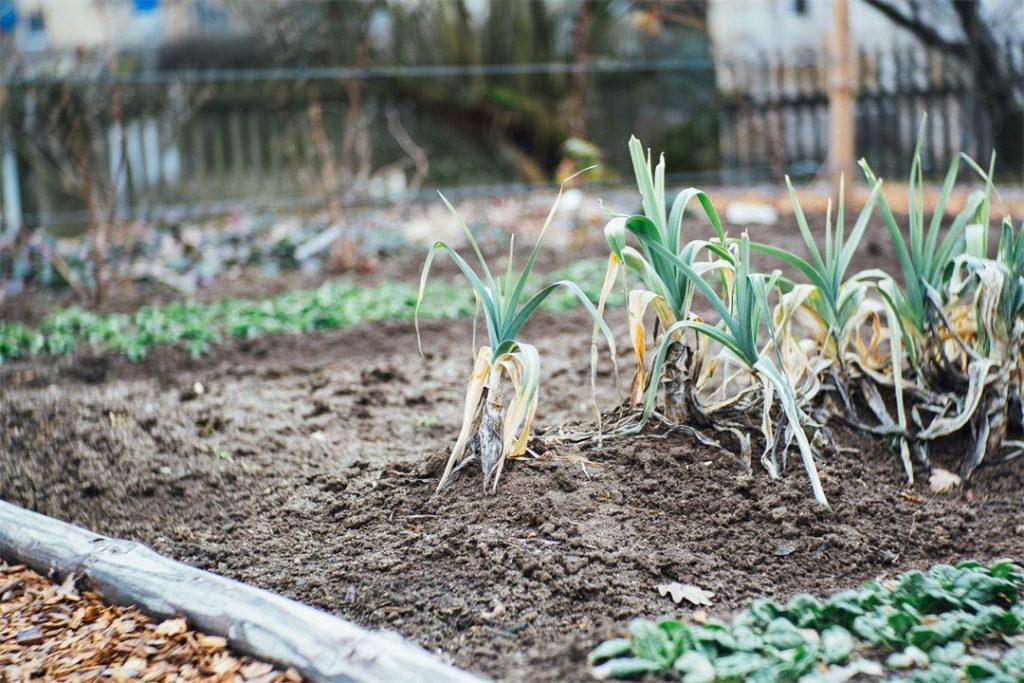
Vulnerability of Seedlings
Germination and early growth stages are particularly critical periods for young plants. Waterlogging poses a severe threat during this phase. The absence of oxygen, coupled with cold, wet conditions, hinders seed germination and compromises seedling establishment.
Root System Compromise
Waterlogging inflicts significant damage on the root system. Root tips, vital for nutrient and water absorption, are the first casualties. With compromised root growth, plants struggle to anchor themselves and explore the soil for essential resources. This limitation directly impacts nutrient uptake and overall plant health.
Nutrient Loss and Plant Starvation
Waterlogging accelerates nitrogen loss through leaching and denitrification, leaving plants starved of this crucial nutrient. Simultaneously, the impaired root system further hinders nitrogen absorption, leading to visible symptoms of deficiency, such as yellowing leaves.
Yield Losses and Quality Decline
The cumulative effects of waterlogging manifest in reduced crop yields and compromised quality. Plants under stress often mature prematurely, producing smaller, less developed grains. Weakened root systems increase the risk of lodging, further impacting harvest efficiency and grain quality.
How Does Waterlogging Affect Salinity?
Waterlogging creates a complex interplay with soil salinity. While these are distinct issues, they often coexist, exacerbating each other's negative impacts.
At the heart of the relationship between waterlogging and salinity lies the disruption of the soil's natural balance. Waterlogging, by impeding drainage, prevents the leaching of salts from the soil profile. Irrigation, a common agricultural practice, introduces salts into the soil.
When combined with poor drainage, these salts accumulate, increasing soil salinity. This process is particularly pronounced in arid and semi-arid regions where evaporation rates are high, concentrating salts at the soil surface.
The consequences of this interaction are far-reaching. High salinity levels in the soil can reduce crop yields, alter soil structure, and impede water infiltration, further exacerbating waterlogging. Additionally, saline soils can contaminate groundwater, affecting both agricultural and domestic water supplies.
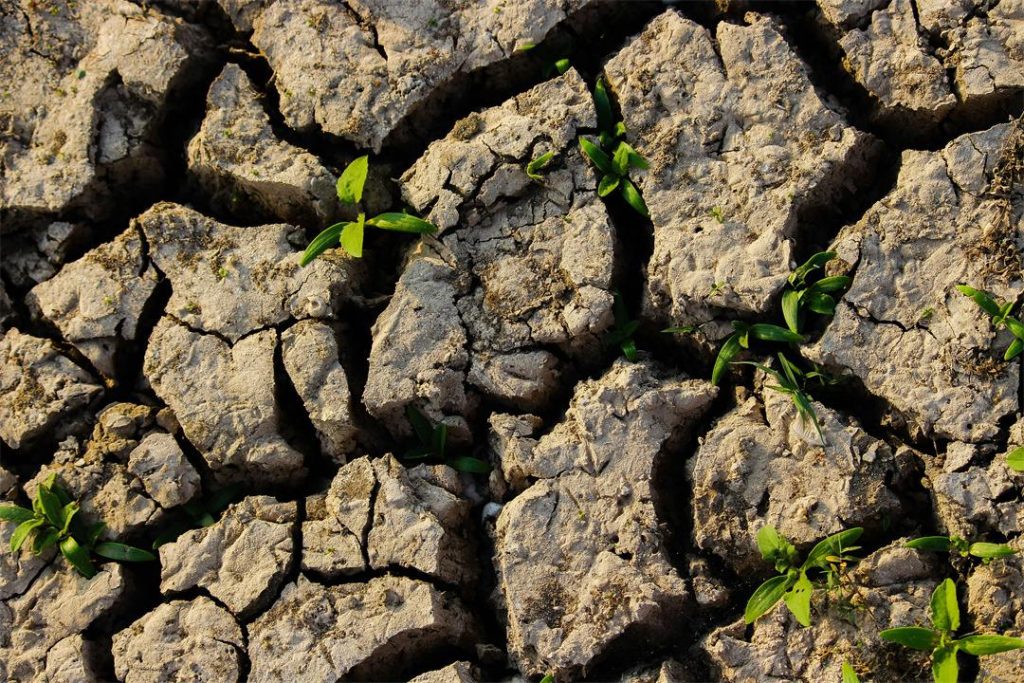
How to Prevent Waterlogging in Agriculture?
Waterlogging poses a significant threat to crop yields and soil health. To mitigate its impact, farmers and land managers employ a range of preventive measures.
Enhancing Drainage
Effective drainage is paramount in preventing waterlogging. Installing subsurface drainage systems can lower the water table, allowing excess water to escape.
Surface drainage channels or ditches divert surface runoff, preventing water accumulation. Improving soil structure through the addition of organic matter enhances its ability to absorb and drain water.
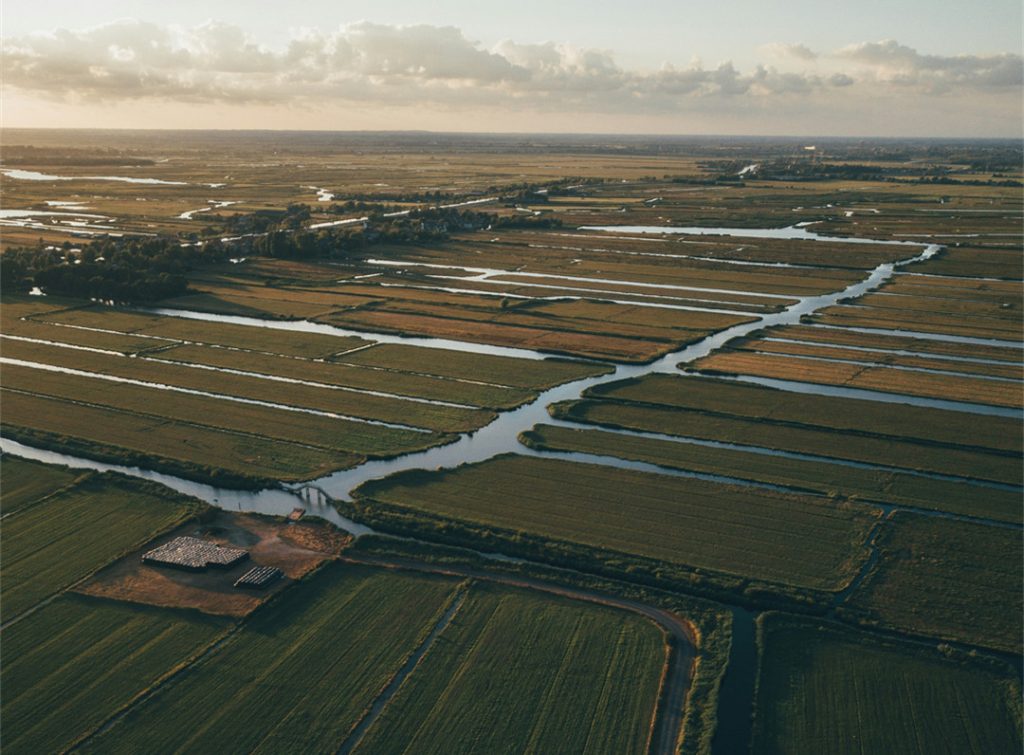
Managing Irrigation
Precision irrigation is key to preventing waterlogging. Implementing efficient systems like drip or sprinkler irrigation allows for controlled water application.
Rainwater harvesting can supplement irrigation needs, reducing the overall volume of water applied. Careful consideration of soil type and crop water requirements is essential for optimal irrigation management.
Modifying Land and Crop Practices
Land management techniques such as contour farming and terracing can help slow down water runoff and increase infiltration. For small-scale farming, raised beds can be effective in preventing waterlogging.
Crop rotation can also be beneficial, as different crops have varying water requirements. Selecting crop varieties with higher tolerance to waterlogging can be advantageous in areas prone to this issue.
Mitigating External Water Sources
Preventing water inflow from external sources like rivers or canals is crucial. Creating barriers or drainage channels can redirect water away from agricultural fields.
Additionally, managing water bodies to optimize water flow and reduce seepage can help mitigate waterlogging risks.
How to Measure Waterlogging?
Accurately assessing waterlogging is paramount for effective management strategies. While visual observations provide initial clues, precise measurements are essential for understanding the extent and severity of the issue.
Monitoring Groundwater Levels
One of the primary methods for measuring waterlogging involves monitoring groundwater levels. This can be achieved through:
- Observation Wells: These are vertical boreholes equipped with a water level indicator, such as a tape or electronic sensor. Regular measurements of the water table depth provide valuable data on waterlogging trends.
- Piezometers: These are similar to observation wells but are specifically designed to measure pressure exerted by groundwater. They are often used in conjunction with observation wells for more detailed analysis.
Soil Moisture Sensors
Soil moisture sensors offer real-time measurements of soil water content. These devices can be installed at various depths within the root zone to monitor changes in soil moisture conditions. By correlating soil moisture data with groundwater levels, a comprehensive picture of waterlogging can be obtained.
Plant-Based Indicators
While not as precise as instrumental methods, plant growth and behavior can provide valuable qualitative indicators of waterlogging. Symptoms such as yellowing leaves, stunted growth, and root rot can signal waterlogging issues. However, it's essential to consider other factors that might influence plant health before attributing symptoms solely to waterlogging.
However, these methods are often labor-intensive, requiring manual installation and regular monitoring. Moreover, their static nature limits their ability to capture dynamic changes in waterlogging conditions.
Consequently, these methods can be time-consuming and resource-intensive, hindering comprehensive assessments across large agricultural areas.
How Do Drones Revolutionize Waterlogging Management?
Drones have revolutionized the way waterlogging is monitored and managed in agriculture. They offer a more efficient, comprehensive, and cost-effective solution compared to traditional methods.
Comprehensive Spatial Coverage
Drones can cover vast agricultural areas quickly and efficiently, providing a detailed aerial overview of the entire field. This contrasts sharply with traditional methods, which offer limited point-based data.
The JOUAV CW-15 VTOL drone with the CA-103 RGB camera, for instance, can cover up to 1200 hectares in a single flight, offering extensive spatial data in one go.

High-Resolution Data Acquisition
Equipped with different sensors, drones can capture high-resolution images and topographic data. These sensors detect variations in soil moisture, crop health, and field topography with high precision.
- Multispectral cameras capture data in multiple wavelengths, revealing variations in plant health and soil moisture that indicate waterlogging.
- RGB cameras provide high-resolution images to visually inspect fields for standing water and soil changes.
- Thermal cameras detect temperature variations, identifying cooler, waterlogged areas.
- LiDAR sensor creates detailed 3D maps of the terrain, highlighting low-lying, flood-prone areas.
- Hyperspectral cameras offer even more detailed analysis, helping identify subtle signs of waterlogging and variations in soil composition.
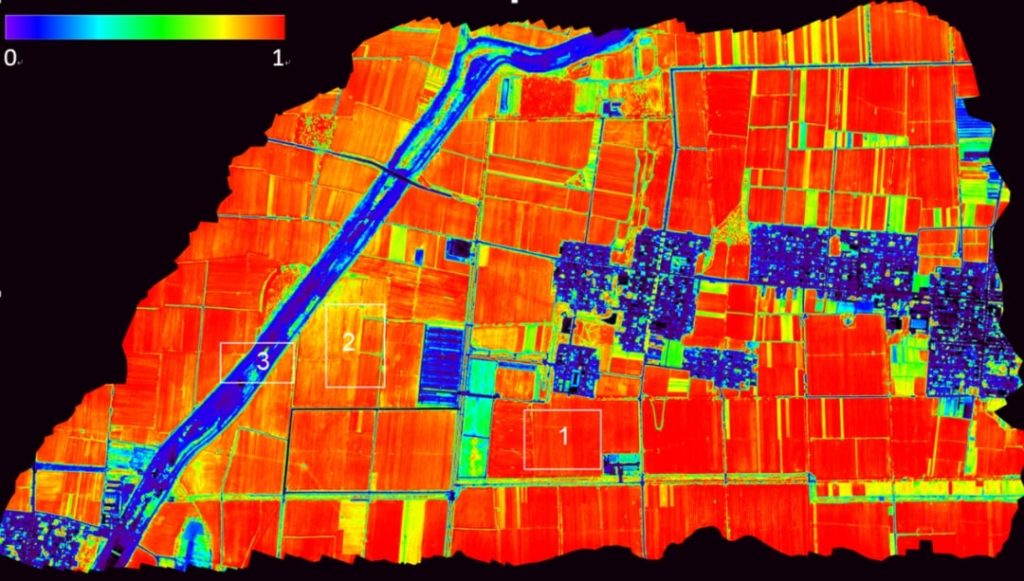
NDVI vegetation index images derived from the CW-15 drone equipped with the X20P Hyperspectral Imager. Read the full case >>
Real-Time Monitoring and Data Analysis
Drones provide real-time data, allowing for immediate assessment and quick decision-making. This capability is crucial for timely interventions to mitigate the adverse effects of waterlogging.
Real-time monitoring helps in dynamically adjusting irrigation schedules and improving water management practices.
Cost-Effective Long-Term Solution
Although the initial investment in drone technology may be high, drones significantly reduce long-term operational costs. They minimize the need for manual labor and reduce the expenses associated with installing and maintaining traditional monitoring systems.
The CW-15's long flight time (180 minutes) and range (50 kilometers) mean fewer flights are needed to cover large areas, further reducing costs.
Enhanced Data Integration and Analysis
Drones can integrate with advanced agricultural software platforms, enabling comprehensive data analysis. This integration allows for the synthesis of various data layers, including soil moisture, crop health indices, and topographic information, to produce actionable insights.
Data from drones can be used to create detailed maps and models that support precision agriculture practices, optimizing irrigation and drainage planning.
Environmental and Crop Health Monitoring
Drones provide a non-intrusive method to monitor the environment and crop health, reducing the risk of disturbing the soil structure or the crops themselves.
The detailed data collected helps in identifying early signs of stress or disease in crops, enabling proactive measures to maintain crop health and productivity.
FAQ
What Are the Difference Between Waterlogging and Water Clogging?
Waterlogging refers to the excessive saturation of soil with water, leading to oxygen deprivation in the root zone. It's a condition where the soil's drainage capacity is overwhelmed, often caused by heavy rainfall, poor drainage systems, or over-irrigation.
Water clogging is a more specific term, referring to a physical blockage within the soil or drainage system that prevents water from draining effectively. This can be caused by sedimentation, root growth, or debris accumulation in pipes or channels.
While water clogging can contribute to waterlogging, they are distinct concepts. Waterlogging is a broader condition, while water clogging is a specific cause of waterlogging.
What is the Difference Between Salinization and Waterlogging?
Waterlogging is the excessive accumulation of water in the soil, leading to oxygen deprivation for plant roots. It's primarily a hydrological issue related to drainage and water management.
Salinization is the buildup of salts in the soil, reducing soil fertility and plant growth. It's a chemical issue related to the balance of salts and water in the soil.
While waterlogging and salinization often occur together, they are separate problems with different causes and consequences. Waterlogging can contribute to salinization by preventing the leaching of salts from the soil profile. Conversely, high salinity can degrade soil structure, leading to reduced infiltration and increased waterlogging.
Why Do Plants Die in Waterlogged Soil?
Plants, like animals, require oxygen for respiration. While we breathe through our lungs, plants primarily absorb oxygen through their roots. When soil becomes waterlogged, the air spaces within it are filled with water, depriving roots of the essential oxygen. This oxygen deprivation, often referred to as hypoxia or anoxia, leads to the suffocation of roots.
Without adequate oxygen, root cells cannot function properly. They are unable to absorb nutrients and water, essential for plant growth and survival. Consequently, the plant begins to starve, even though it may be surrounded by water. Over time, root tissue breaks down, and the plant eventually dies.
Which Crop is Most Sensitive to Water Logging?
The sensitivity of crops to waterlogging varies significantly. Generally, crops with shallow root systems and high water requirements are more susceptible. most crops like maize and potato, are therefore highly intolerant to waterlogging.
How Does Crop Rotation Cotrol Waterlogging?
While crop rotation primarily focuses on managing soil fertility and pest control, it can indirectly influence waterlogging. By incorporating a diverse range of crops with different water requirements, farmers can manage soil moisture levels more effectively.
For example, alternating between deep-rooted and shallow-rooted crops can help to improve soil structure and drainage. Deep-rooted crops, such as alfalfa or clover, can penetrate deeper soil layers, creating channels for water to move more freely. Shallow-rooted crops, like lettuce or radishes, can be grown in shorter rotations to avoid excessive water accumulation.
Additionally, some cover crops have specific soil-improving properties, such as reducing soil compaction and increasing infiltration rates, which can indirectly help to prevent waterlogging.



